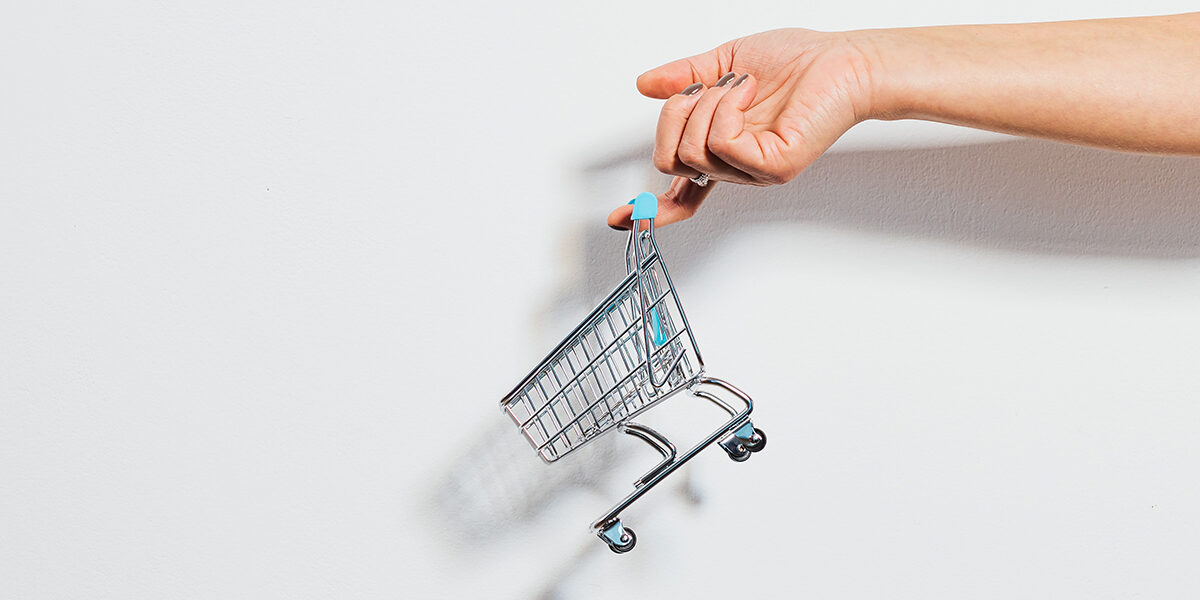The marketing automation tool shows a huge sales potential, but the functions alone will not replace an idea to encourage the user to return to the website and complete the transaction. The process of recovering abandoned carts requires different scenarios based on real user behaviours. How to encourage a potential customer to come back to the website?
Reminder with a discount
The reason for leaving the site is often not known, so it is worth offering a specific benefit to the potential customer – the return must simply pay off. In such a case, this can be free delivery or discount code for subsequent purchases. Failure to complete an order can be related to both excessive costs and the need to create an account or a long delivery time. In addition, it is worth strengthening the message, by emphasising the possibility of receiving a discount after having performed a specific action, such as opting in to newsletters or push notifications, which can be an effective strategy that builds buyer loyalty. In this case, the website layer, namely a banner on the site that draws user’s attention, will work perfectly.
Urgency and scarcity principle
Another way to increase online store’s conversion rates is the urgency principle. Sometimes a potential customer simply needs some time to decide, so there is nothing to prevent us from informing them about the temporary reservation of the product by sending a push notification. We may even send another message to the user just before the end of the specified booking period. Abandoned shopping carts can be recovered by implementing the scarcity principle, which means informing a potential customer of a limited number of items, which may encourage an immediate transaction completion.
Basic principles for creating messages
In order to effectively recover abandoned shopping carts, one should not only use the appropriate automation principles, but also cannot forget about the most important rules that will bring us closer to success. Each message must contain a CTA, i.e. a call to action expressed in an imperative mode, encouraging users to return to the site. It is very important to test messages and their various versions by means of A/B testing. We can engage the user in the process by customising the notification – not only by addressing them by name, but also based on their interests and purchase history. For both push notifications and emails, remember not to overdo it with the frequency of sending messages. Two communications should be sufficient for recovering shopping carts – the first sent immediately after the site was left, and the other after 24 hours, for instance.
What to do if the user is not ready to buy?
The first user contact with the online store rarely ends up with the order completion. Customers often compare competitors’ offers, get some information on the product, or postpone purchases for other reasons. However, in all cases, potential buyers should be convinced why it is worth completing the transaction, e.g. by being provided with valuable content that will erase any doubts. In addition to the reminder of the abandoned cart, the message should present extra benefits of the purchase, describe the main functionalities of a given product, and its advantages. Retention may come down to regular communication with the user, which helps to maintain and develop bonds with the brand.


